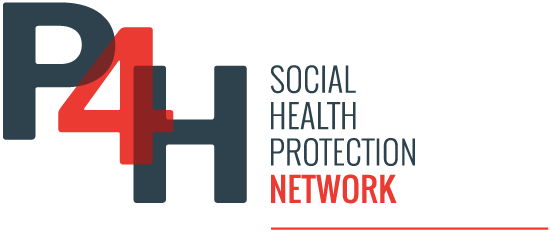The report “Can people afford to pay for health care? New evidence on financial protection in North Macedonia” provides a comprehensive analysis of financial protection in the country’s healthcare system. It examines the extent to which out-of-pocket payments create financial hardship and affect healthcare accessibility, particularly among vulnerable populations.
The report highlights a decline in financial hardship over time, with the percentage of households experiencing catastrophic out-of-pocket payments decreasing from 9.6% in 2006 to 6.5% in 2018. Additionally, nearly 7% of households were either impoverished or at risk of impoverishment due to healthcare expenses in 2018, compared to 10% in 2006. However, financial burden remains disproportionately high among poorer households and those with at least one member over 60 years old.
Despite improvements, out-of-pocket payments still account for 42% of total health expenditure, significantly higher than the EU average of 22%. This reliance on direct payments reflects low public health investment and gaps in coverage, particularly for outpatient medicines and specialist care. Medicines and outpatient services remain the largest contributors to financial hardship, with poorer households spending a greater proportion of their income on essential medications.
Although North Macedonia operates a Mandatory Health Insurance System (FZO), approximately 10% of the population remains uninsured. This means that uninsured individuals must pay the full cost of healthcare services, except for emergency care. The lack of insurance coverage particularly affects informal workers, self-employed individuals who fail to pay contributions, and people with employment gaps.
Even among insured individuals, coverage for outpatient medicines is weak, requiring substantial out-of-pocket payments. The publicly financed positive list of medicines has seen little expansion since 2008, leaving many necessary medications outside of coverage. Co-payment structures for outpatient prescriptions further burden patients, as exemptions for low-income groups do not apply to medicines.
The report finds stark differences in healthcare spending across socioeconomic groups. Households in the richest quintile are far more likely to incur out-of-pocket expenses compared to poorer households. While wealthier individuals tend to spend more on outpatient and inpatient care, lower-income households prioritize medications, often at the expense of other healthcare needs.
Another significant issue is the prevalence of informal payments, particularly in gynecological and obstetric services. These under-the-table payments act as an additional financial barrier, exacerbating inequities in healthcare access. Addressing informal payments remains a key challenge in improving financial protection and ensuring fair access to medical services.
The report notes improvements in healthcare access over time, driven by policy interventions and technological advancements. The introduction of MojTermin, an electronic health data management system, has significantly reduced waiting times for diagnostic procedures and specialist visits. Additionally, policies aimed at expanding primary healthcare services have led to increased utilization of outpatient care.
Despite these improvements, unmet healthcare needs persist, especially among low-income and elderly populations. While self-reported unmet healthcare needs have declined to match the EU average, significant income and age-related disparities remain. Cost remains the most commonly reported barrier to healthcare access.
To achieve universal health coverage (UHC) and strengthen financial protection, the report suggests several policy reforms.
- Delink entitlement from contribution payments so that access to healthcare is not dependent on insurance status.
- Simplify co-payment structures and extend exemptions for low-income groups.
- Improve affordability of medicines by regularly updating the essential drug list and encouraging the use of generics.
- Address informal payments through better monitoring and regulation.
- Increase public investment in healthcare, prioritizing affordability and accessibility.

